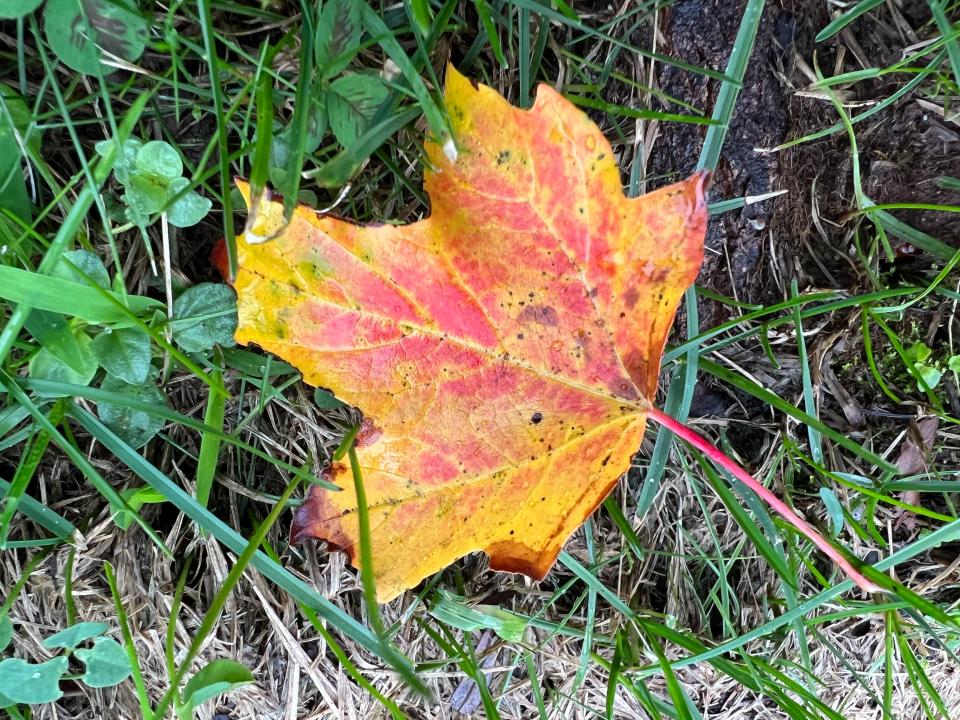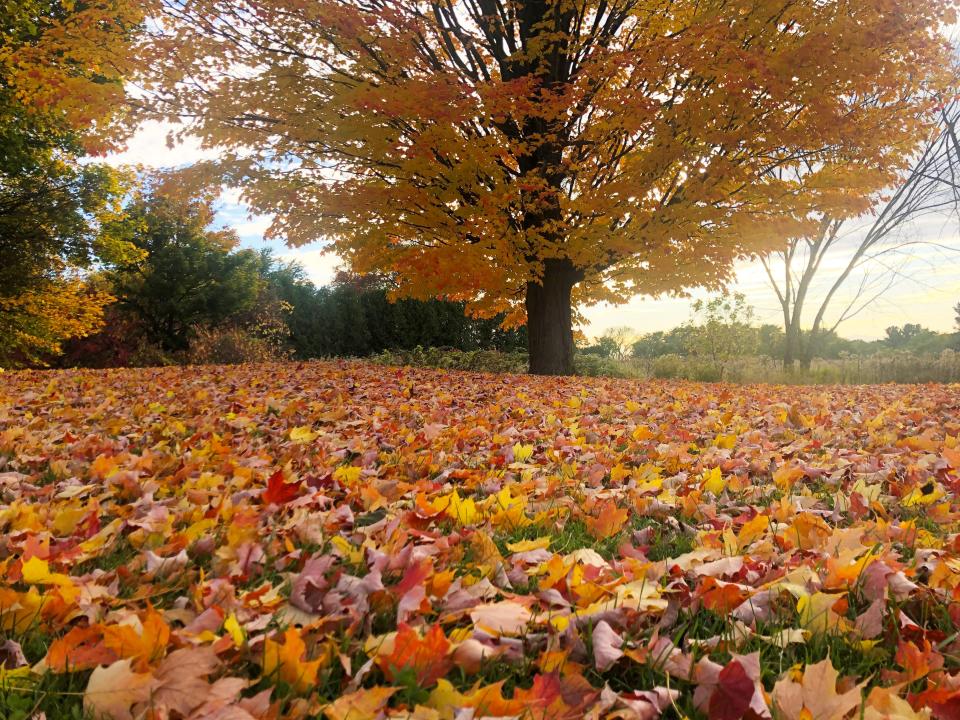Fall color returns to Vermont, but will it be a vibrant season?
Did it feel there was virtually no summer and now we're on to autumn? At least the chill in the air and misty days portend the imminent return of Vermont's vibrant fall foliage season.
And it's not too early for predictions. You may have seen some color starting at the tops of trees or multi-colored discarded leaves strewn among the grass. Yankee Magazine's meteorologist, Jim Salge, as he does every year, has made his predictions about how New England is expected to make out during this year's fall foliage season. The colors are sure to be a huge draw for tourism across the region.

Will it be a good fall foliage season in New England?
Generally, yes, the forecast calls for a good fall foliage season mostly due to the fact it is expected to be a long one. Colors are expected to pop early, peak is projected to be around the same time or a little later than average and the season is expected to fade out more slowly than other years.
In terms of color, Salge is calling it a "pastel" year, meaning the hues may be muted somewhat. The fiery reds, for instance, are expected to not be as bold as other years.
"In summary, look for a patchwork of fall colors to develop early across the region, especially with the swamp maples. Peak color should arrive on time or late compared to historical averages, with leaves that are more pastel than flaming red, but no less beautiful," Salge wrote in an article at NewEngland.com. "Color will be long-lasting, then fade and fall slowly. The best 2023 New England fall foliage areas are likely to be northern Maine as well as Down East and toward Acadia, and southern New England could have a good year as well."
How will extreme summer precipitation and spring cold snap affect fall colors?
Weather has a major impact on fall colors − past weather and current weather are factors. There were two extreme cold snaps this year that stressed the trees. A frigid Feb. 4 saw record low temperatures across the region; New Hampshire's Mount Washington reached a windchill of -108 degrees. Then on May 18 a late freeze stunted new spring growth and wiped out much of the apple crop across the region's orchards. Here, in Vermont orchards reported losing, on average, 50% of apple, peach, grape, blueberry and other stone fruit crops with a financial loss of $5 to $10 million.

Around July 10 extreme precipitation when half a foot of rain fell in a couple days caused catastrophic flooding in Vermont. Then the rains persisted. The saturated ground can be damaging to root systems and the constant moisture is likely to promote fungal growth on leaves.
What leaves need most to create vivid colors are warm, sunny days and crisp, cool nights. The El Niño weather pattern returned this year and brought with it increased moisture and humidity. The warmth is likely to hold on later into the season for the days, extending the season, but also prevent the nights from getting cool enough to allow for the optimal leave-changing process to occur. El Niño tends to break up tropical storms, so fewer high wind weather events mean the leaves could remain on the trees longer.
When to expect peak foliage in Vermont
Rather than peak season coming on gradually and starting in northern New England and moving south over a six-week period, Salge expects peak to occur about the same time across the entire region. Salge said peak could be about the same time or slightly later this year.
For Vermont, the foliage season usually comes on strong during the second half of September and lasts through October. "Peak," when the greatest amount of color can be seen across the greatest geographical area before the trees have shed most of their leaves, has occurred pretty consistently over the past four years around Oct. 8.
Contact reporter April Barton at abarton@freepressmedia.com or 802-660-1854. Follow her on Twitter @aprildbarton.
This article originally appeared on Burlington Free Press: Fall foliage outlook for Vermont and New England
